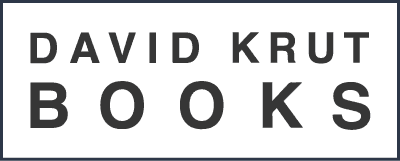Notes from a book designer: Kevin Shenton
I have forgotten how many times I’ve had this conversation:
‘What do you do?’
‘I’m a book designer.’
‘Oh. You mean the covers.’
Certainly cover design is part of book design, but the design and layout of what’s between the covers, while much more significant and important, is something that the general public are completely unaware.
What does book design involve?
- Establishing the look and feel of the publication based on an understanding of the content and the intended market/readership.
- Choosing a format (page size). How many pages must the finished book be? Is it hard cover with a dust jacket, paperback, paperback with flaps? Slipcased?
- Working out a grid. How big are the page margins, where do running heads and page numbers go on the page (top, bottom, side)? How are chapters differentiated? Style for footnotes/endnotes/index etc
- If illustrated are the images separated from the main flow of the text into a section or are they integrated into the text at the point they are referred to? How should images be used: in colour, black and white? How should they be cropped? Should they have borders or bleed of the page?
- Choosing a typeface for the text that is appropriate for the subject matter. Determining the size of type, line length and space between lines to achieve the desired page extent with maximum legibility.
What is the process?
The author supplies the publisher with the content of the book, usually as a Word file for the text and scans for illustrations. The text then goes to a copy editor who reads it for consistency of style, spelling, grammar, etc. The final text is sent to the designer who lays it out into pages.
Proof pages are produced which are read by author, editor, proof reader, etc. Corrections are marked and returned to the designer for implementation. These are checked and when all is approved pdf files are sent to the printer, to print and bind the book. On complex, colour critical books the designer will oversee the book through all stages of the printing process.
What attributes should a book designer possess
A thorough understanding of typography, layout, illustration, photography, printing processes, papers, binding methods, project management, and an ability to coordinate input from diverse sources and be able work to deadlines.
